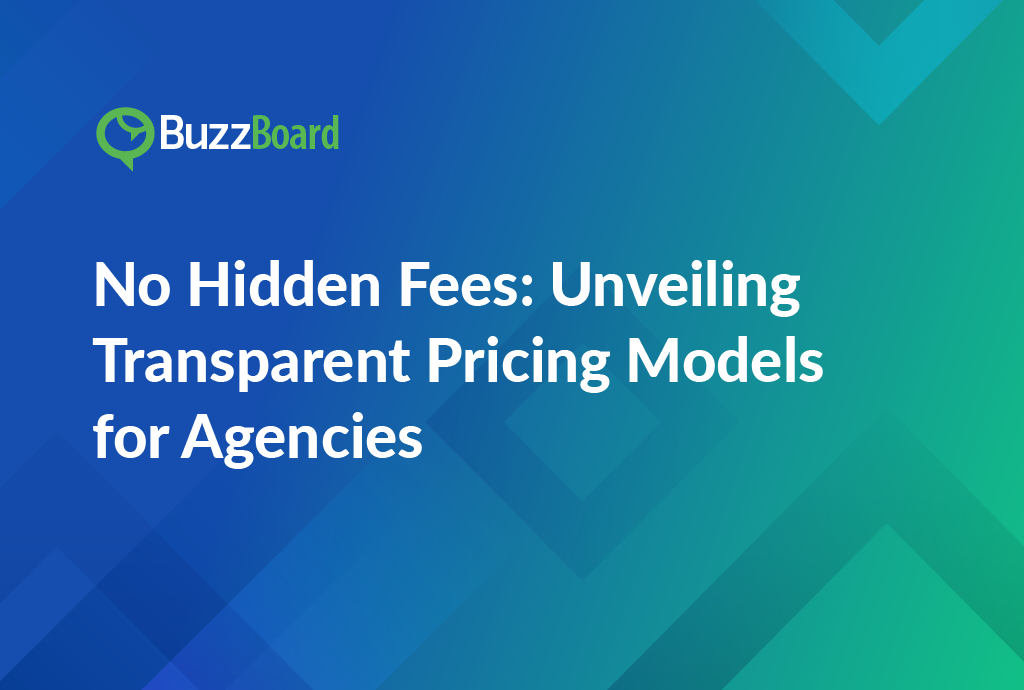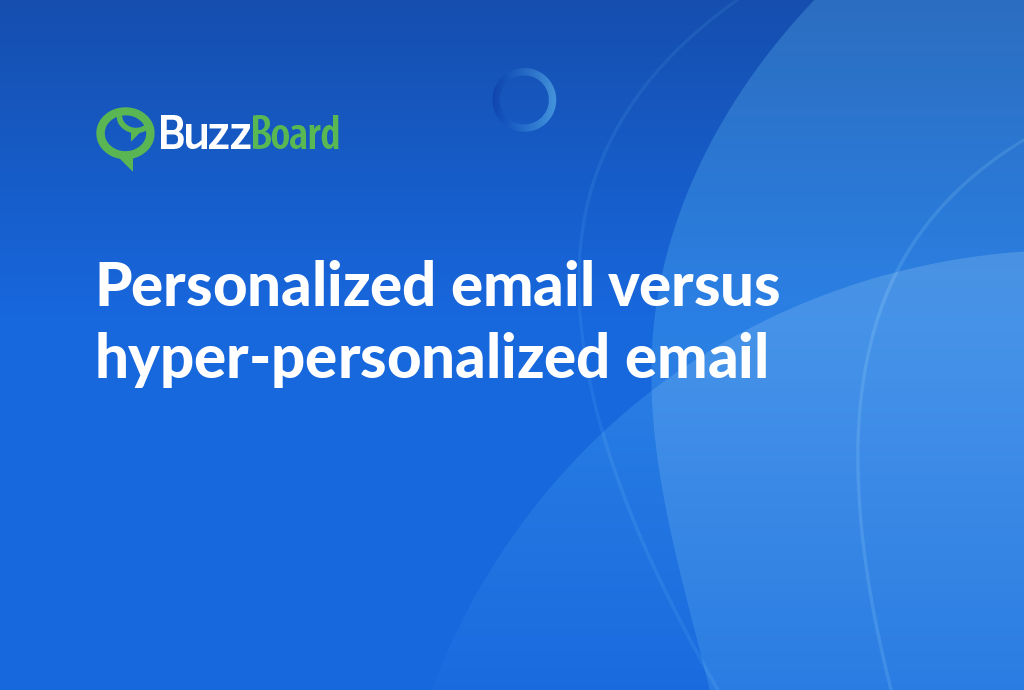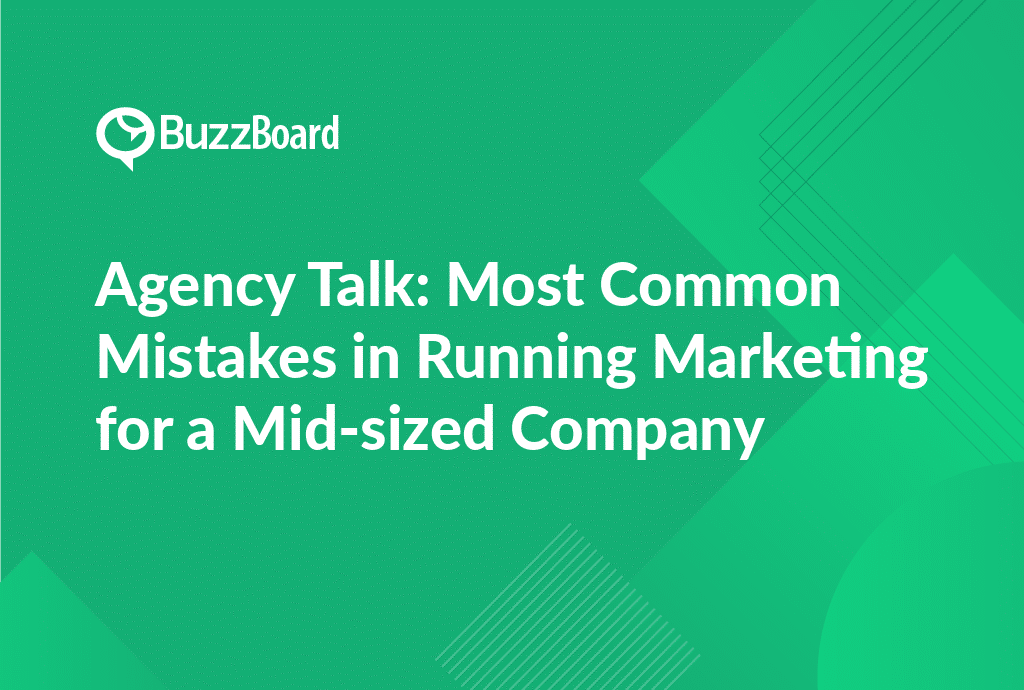The Importance of Transparent Pricing Models for Marketing Agencies
Digital marketing agencies continue to evolve and it’s increasingly evident that transparent pricing models are not just beneficial, but essential. Through methods like upfront pricing, value-based pricing, and clear hourly billing rates, agencies can offer a straightforward picture of their services and the associated costs.
Transparent pricing models foster trust and goodwill with clients, encouraging lasting business relationships. They allow clients to better understand and control their budget, enhancing customer satisfaction. This potentially leads to remarkable agency growth and an improved reputation.
In a climate where many small and local businesses are distrustful of hidden fees or misleading service charges, embracing transparent pricing models could prove transformative for marketing agencies. Upfront pricing options offer enhanced transparency potentially boosting client satisfaction and loyalty.
Moreover, the utilization of value-based pricing can underscore the efficacy and return on investment that a digital marketing agency offers its clients. Greater transparency in hourly billing rates can foster more trust and a better perception of value, hence enriching agency-client relationships.
However, for effective implementation, it’s essential to communicate these pricing models clearly and precisely. Detailed information about how these methods work can circumvent future misunderstandings, fostering an environment of trust and mutual respect among all stakeholders.
In conclusion, integrating transparent pricing models can fuel a marketing agency’s client relationships and prospects for ongoing revenue.
Understanding the Concept of Upfront Pricing, Value-Based Pricing and Hourly Billing Rates
In the ever-evolving digital marketing world, the need for transparent pricing models for marketing agencies is vital. Grasping how pricing operates can markedly impact your cross-sales, client retention, and overall growth.
Three primary pricing models are prevalent in the industry: upfront pricing, value-based pricing, and hourly billing rates.
- The upfront pricing model establishes the price before services are rendered. This model offers clients a clear understanding of what they are paying for, eliminating financial uncertainty. However, it requires precise project estimation skills to avoid overcharging or underpricing, which could alienate potential clients or impact your agency’s profits.
- Value-based pricing, considered the gold-standard of pricing models, bases prices on the client’s perceived value of a service, not the cost to provide said service. This model enables agencies to share in their clients’ triumphs. Yet it is essential to sufficiently communicate the value you provide to justify the price.
- Lastly, hourly billing rates charge clients based on the time spent working on a project. This model ensures recompense for time spent, but limits potential earnings, as the number of available hours is limited.
While these transparent pricing models offer a solid foundation for discussions with prospective clients, remember there is no universal solution. The optimal model is typically a uniquely blended one, designed to meet particular client requirements and agency capacities.
How Different Pricing Strategies Affect the Client-Agency Relationship
Your pricing strategy plays a significant role in determining the success of your client-agency relationship, and in turn, your digital marketing agency.
There are two primary pricing models prevalent in our industry: transparent pricing and upfront pricing. With a transparent pricing strategy, clients are privy to all costs and margins. This transparency can build trust between you and your clients by eliminating hidden costs and providing a clear picture of where their money is being spent. However, this model may invite scrutiny over your profitability and spark potential disputes. When using transparent pricing, focus on effectively communicating the value you provide to your clients.
On the other hand, the upfront pricing model, where a fixed price is determined before the project starts, assures predictability for both the client and the agency. It simplifies clients’ budgeting process and can result in fewer disputes over costs. However, it may turn inflexible and cause disagreements if the project scope undergoes significant changes.
Many agencies also use value-based pricing and hourly billing rates. Their focus rests on the value produced or the quantum of work required, respectively. Though both the approaches have their own merits, it’s essential that clients understand the process and appreciate the value of these costs.
In order to identify the best pricing strategy for your agency, consider the needs and expectations of your small and local business clients. Maintain an open dialogue and ensure there’s mutual understanding and agreement on costs.
Examples of Marketing Agencies Successfully Implementing Transparent Pricing Models
Transparent pricing models for marketing agencies have been garnering praise throughout the industry as an effective strategy for building client trust and fostering enduring partnerships. The adoption of upfront pricing provides the clear, straightforward insight that clients seek, eliminating hidden costs and ensuring they are comprehensively apprised of how their investment is being utilized.
A clear illustration of this is provided by Eyler Creative, a marketing agency based in Baltimore. After incorporating an upfront pricing model, the agency reported high levels of client satisfaction and retention. They attributed their success to accurate project cost estimation and optimal use of manpower, which effectively eliminates the rigidity often associated with standard hourly billing rates.
ConceptDrop, a Chicago-based marketing agency, presents another instance with its adoption of a value-based pricing strategy. This model aligns the cost with the perceived or predicted value a service will provide to the client. By synchronizing their fees with the value they deliver, ConceptDrop has reaffirmed its status as a trustworthy, transparent partner for its clients.
In summary, the implementation of transparent pricing models are proving to significantly contribute to establishing trustful relationships with clients, and remains an efficient strategy for business growth.
The Benefits and Challenges of Adopting a Transparent Pricing Model
Digital marketing agencies often struggle with the dilemma of deciding on a pricing model for their services: is transparent pricing the preferred mode, or traditional opaque models more suitable? There’s no denying the significant advantages offered by transparent pricing models in enhancing relationships with small and local business clients. On the flip side, it comes with its set of challenges like determining hourly billing rates, upfront pricing, and value-based pricing.
Transparent pricing paves the way for trust and long-term partnerships. One of its primary merits is that it allows potential clients to anticipate the cost of the services upfront. Consequently, there are no hidden costs or surprise charges, resulting in increased loyalty and satisfaction.
Value-based pricing, wherein clients are billed based on the value delivered rather than set rates, is another viable option. It can boost profitability in profitable campaigns, provided it is well-managed and effectively communicated to retain transparency and trust.
However, the hourly billing rates model tends to create friction due to its changing nature. Pricing projects based on time consumption often results in conflicts over chargeable hours.
Despite the merits, transparent pricing brings in its wake certain challenges like clients comparing prices, leading to price negotiations that may shrink profit margins. Additionally, revealing too much about the agency’s business operations might disrupt competitive strategies.
In essence, while there are hurdles in the path to adopting a transparent pricing model, the corresponding benefits in terms of enhanced reputation and strengthened client relationships are undeniable.








